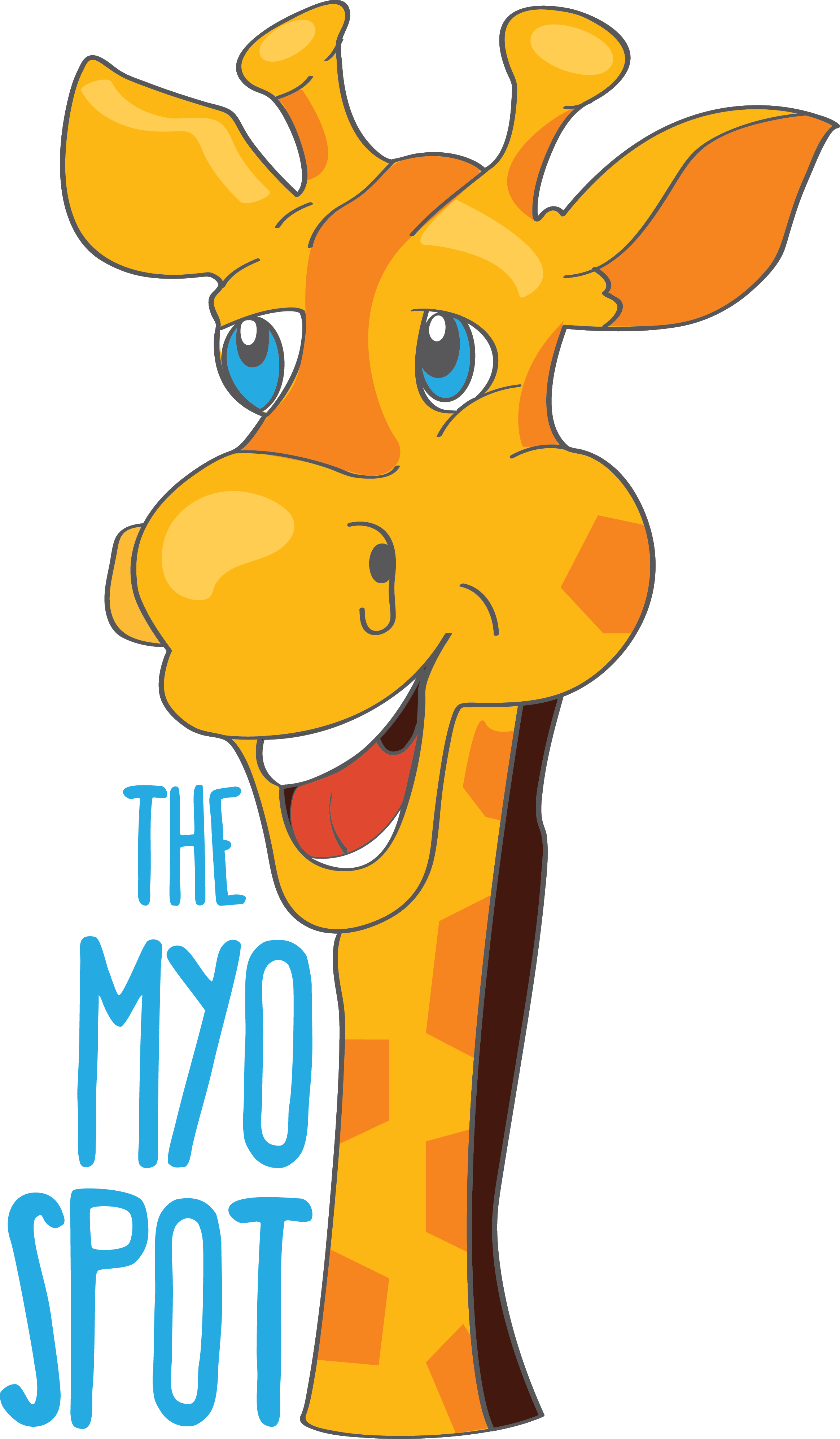There’s always a sense of unusual that floods my thoughts when pain arises. A feeling of not being welcome in my own body. If I could just get back to “normal,” or that feeling where you do not have much if any awareness of a particular body part; I would do anything for that return to “normal.” You may have similar thoughts.
Sure an over the counter pain medication could help to temporarily numb those stinging, throbbing, or prickly sensations. I would rather have a natural remedy, and more so, a make it never return remedy. But pain is something that it is hard to pinpoint. Sometimes no rhyme or reasoning can be determined that initiate the pain, so discomfort and being an alien in your own body persists.
When muscular in origin, there’s usually a method for some more permanent relief. Acupuncture, physical therapy, or nerve stimulation are common sources for orofacial pain relief. Let’s dive deeper into some more DIY steps that can be effective in remediating pain.

1. Self-Help Exercises
Have you ever dived down the rabbit hole that is searching through videos on YouTube? Seeking out the most interesting video full of engaging tips and advice. Those are occasionally useful, but often requires more work than necessary to differentiate the useful from the useless information. Its the seasoned professional with an affordable self-guided program of exercises for long-term stability that really do the trick.
Licensed massage therapist Katie Pudhorodsky developed our favorite affiliate self-help program with Help Head Pain. HelpHeadPain.com offers the online course Self Help To Relieve Head, Neck, & Jaw Pain. You’ll learn self massage, stretching, and habits to adjust to help you manage your pain.
Why we recommend Help Head Pain over others…simple, education. Being able to understand why the pain occurs makes addressing the issue easier. Imagine how rapidly you could react and resolve if you know why your baby is crying, or why your dog is barking. Similarly, understanding the triggers for you head, neck, or jaw pain enables the ability to respond according and quell the pain.
2. Natural movement
Life in modern societies has devolved into fewer movements, which leaves our bodies more stressed and often cause pain. We sit on chairs and couches, stand usually with our feet covered in shoes or socks, or lay down. Little dynamic movement to engage muscles involved in deep squats, pelvic floor engagement, and joint mobility. There are numerous places to learn more about natural movement and ancient methods of maintaining healthy, pain free routines and practices; here are a few affordable and easy places to start.

Aaron Alexander a manual therapist, podcaster and author, developed the Align Method with several ways to develop a healthy lifestyle and achieve wellness goals. We have incorporated many of his tips and practices into our programs. To learn more about the Align Method and similar practices of natural wellness, listen to the Align Podcast.
We also follow Petra Fisher and MoveNat on Instagram for videos with exercises and advice on establishing more natural movement patterns.
3. Myofunctional therapy
Not sure if you thought we would create a whole blog with little to no mention of myofunctional therapy. But here it is. Myofunctional therapy is a fantastic way to address some of the orofacial compensatory muscle patterns that perpetuate and cause head, neck, or jaw pain. Working with a myofunctional therapist gets to the root of what orofacial patterns occur specific to you and then engages in various active neuromuscular repatterning to develop healthier function. Unfortunately this does NOT work in a DIY format for orofacial pain. However, there are affordable options and alternatives.
Conclusion
Suffering from head, neck, and jaw pain does not have to be endured, especially when there are financial concerns. There are self-paced, economical ways to not just provide yourself with relief, but also learn the physiological triggers to avoid. Seek out professional guidance and always consult with your physician prior to starting any exercises or movement program.

